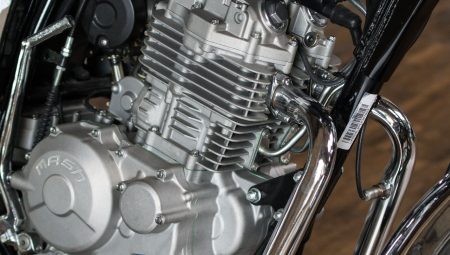Engine Mount: Purpose and Common Issues
An engine mount is a crucial component in any vehicle, responsible for securing the engine to the vehicle’s chassis. Though it may seem like a small and straightforward part, engine mounts play a significant role in both the performance and longevity of the engine. In this article, we will explore the purpose of engine mounts, their different types, and some of the common issues that can arise when they fail or wear out.
The Purpose of Engine Mounts
The primary purpose of an engine mount is to secure the engine in place while isolating it from the vibrations and shocks generated by the engine’s operation and road conditions. Without engine mounts, the engine would experience excessive movement, which could damage surrounding components and make the vehicle difficult to drive.
Engine mounts typically consist of a rubber or polyurethane block sandwiched between two metal brackets. The rubber serves as a cushion, absorbing the engine’s vibrations and minimizing the transfer of noise and movement to the rest of the vehicle. Some modern engine mounts also incorporate hydraulic fluid or active technologies to provide even greater isolation.
Key Functions of Engine Mounts Include:
- Securing the Engine: The engine mount physically connects the engine to the chassis of the vehicle, preventing it from moving excessively during operation.
- Vibration Dampening: The rubber or hydraulic elements within the mount reduce the transmission of vibrations from the engine to the cabin, providing a smoother and quieter driving experience.
- Shock Absorption: Engine mounts help absorb the shocks caused by road imperfections, ensuring that the engine stays securely in place even on bumpy or uneven surfaces.
- Alignment: Properly functioning engine mounts help maintain the correct alignment of the engine, ensuring that all components work together efficiently and reducing wear and tear on other parts.
Types of Engine Mounts
There are different types of engine mounts, each designed for specific purposes and vehicle requirements. The most common types include:
- Rubber Mounts: These are the most traditional and widely used type of engine mounts. They rely on rubber to dampen vibrations and absorb shocks. They are cost-effective but may wear out faster than other types, especially in high-performance or heavy-duty vehicles.
- Hydraulic Mounts: These mounts contain fluid chambers that absorb vibrations more effectively than rubber mounts, offering a smoother ride. They are often used in luxury and high-performance vehicles but tend to be more expensive.
- Polyurethane Mounts: These are more durable than rubber mounts and offer better performance for high-stress applications. However, they may transmit more vibrations into the cabin.
- Active Engine Mounts: These modern mounts use sensors and actuators to actively counteract engine vibrations, providing superior isolation. They are more common in high-end vehicles and are the most expensive type of mount.
Common Issues with Engine Mounts
Over time, engine mounts are subject to wear and tear due to constant exposure to heat, engine vibrations, and environmental factors like moisture and road debris. When engine mounts begin to fail, several common issues can arise:
1. Excessive Engine Movement
One of the most obvious signs of a failing engine mount is excessive engine movement. If an engine mount is damaged or worn out, the engine may shift more than it should during acceleration, braking, or cornering. This can result in a noticeable jerking sensation, especially when changing gears or accelerating rapidly.
2. Increased Vibration and Noise
When an engine mount starts to fail, it can no longer effectively dampen the engine’s vibrations. This leads to increased vibration in the cabin, which can make driving uncomfortable. You may also hear unusual noises such as clunking, knocking, or rattling, particularly when driving over rough terrain or during sharp maneuvers.
3. Misalignment of the Engine
Faulty engine mounts can cause the engine to sit improperly within the engine bay, leading to misalignment. This can place additional stress on the drivetrain, exhaust system, and other components, causing them to wear out faster. In severe cases, misalignment can lead to drivetrain issues, such as difficulty shifting gears or uneven tire wear.
4. Damage to Other Components
When engine mounts fail, the excessive movement of the engine can cause damage to surrounding parts, such as the radiator, exhaust system, and hoses. The extra stress on these components can lead to leaks, cracks, or other types of damage that may require costly repairs.
Conclusion
Engine mounts are vital to the proper functioning of your vehicle, and understanding their purpose can help you recognize the signs of a potential issue before it becomes a major problem. Regular inspection and timely replacement of worn or damaged engine mounts are essential to ensure your engine remains securely in place and to maintain a smooth, quiet driving experience.
If you notice any signs of failing engine mounts, such as increased vibrations, unusual noises, or excessive engine movement, it is crucial to have them checked and replaced by a professional mechanic. Addressing these issues promptly can save you from more costly repairs down the line and ensure the longevity of your vehicle’s engine.




